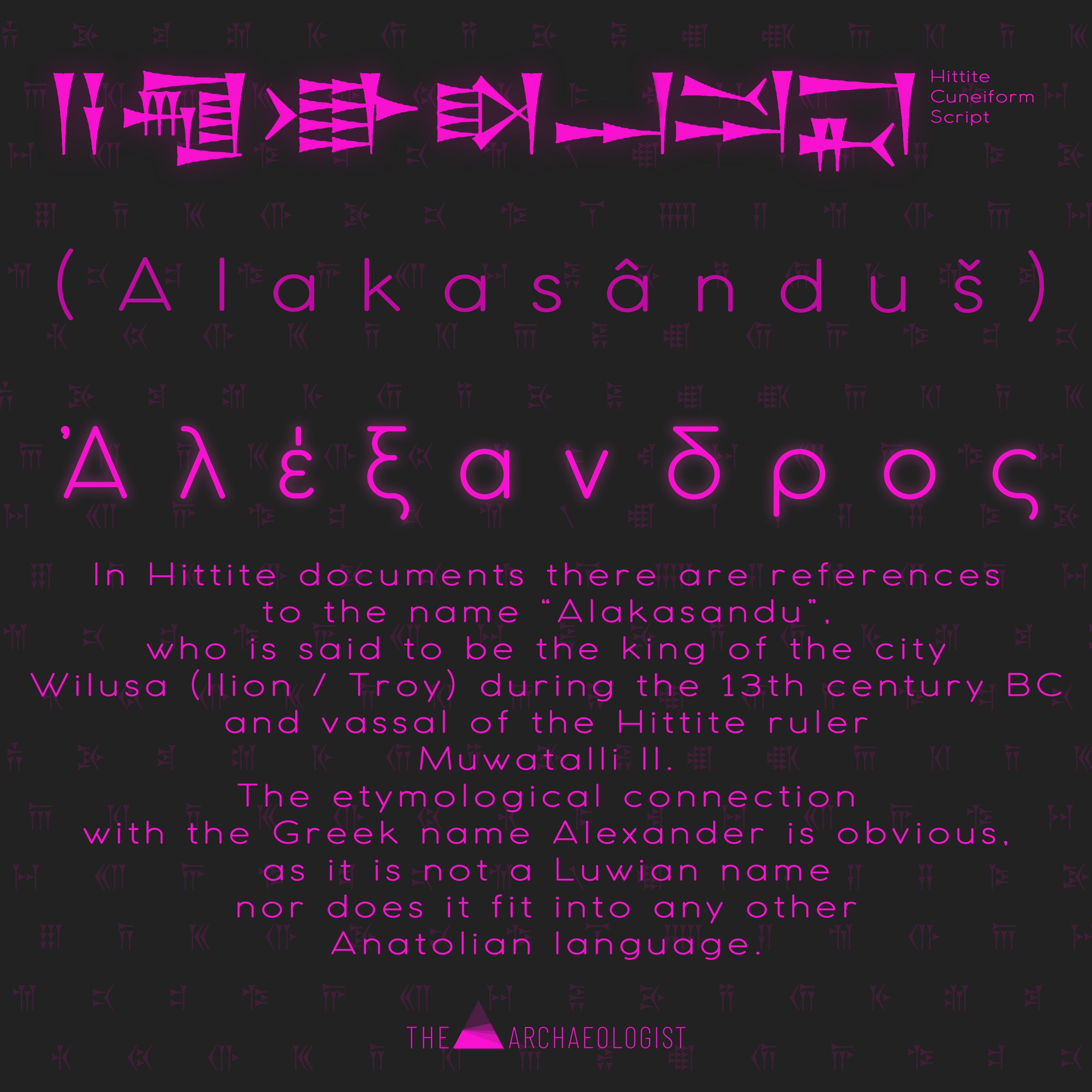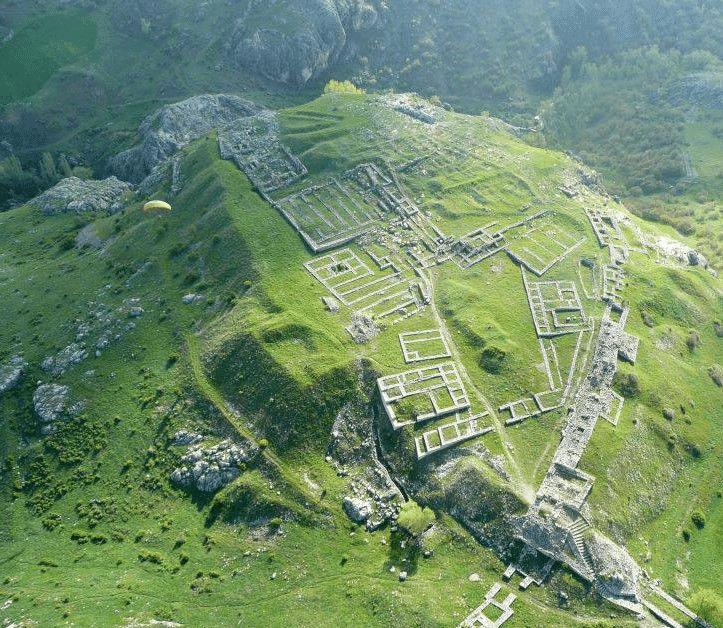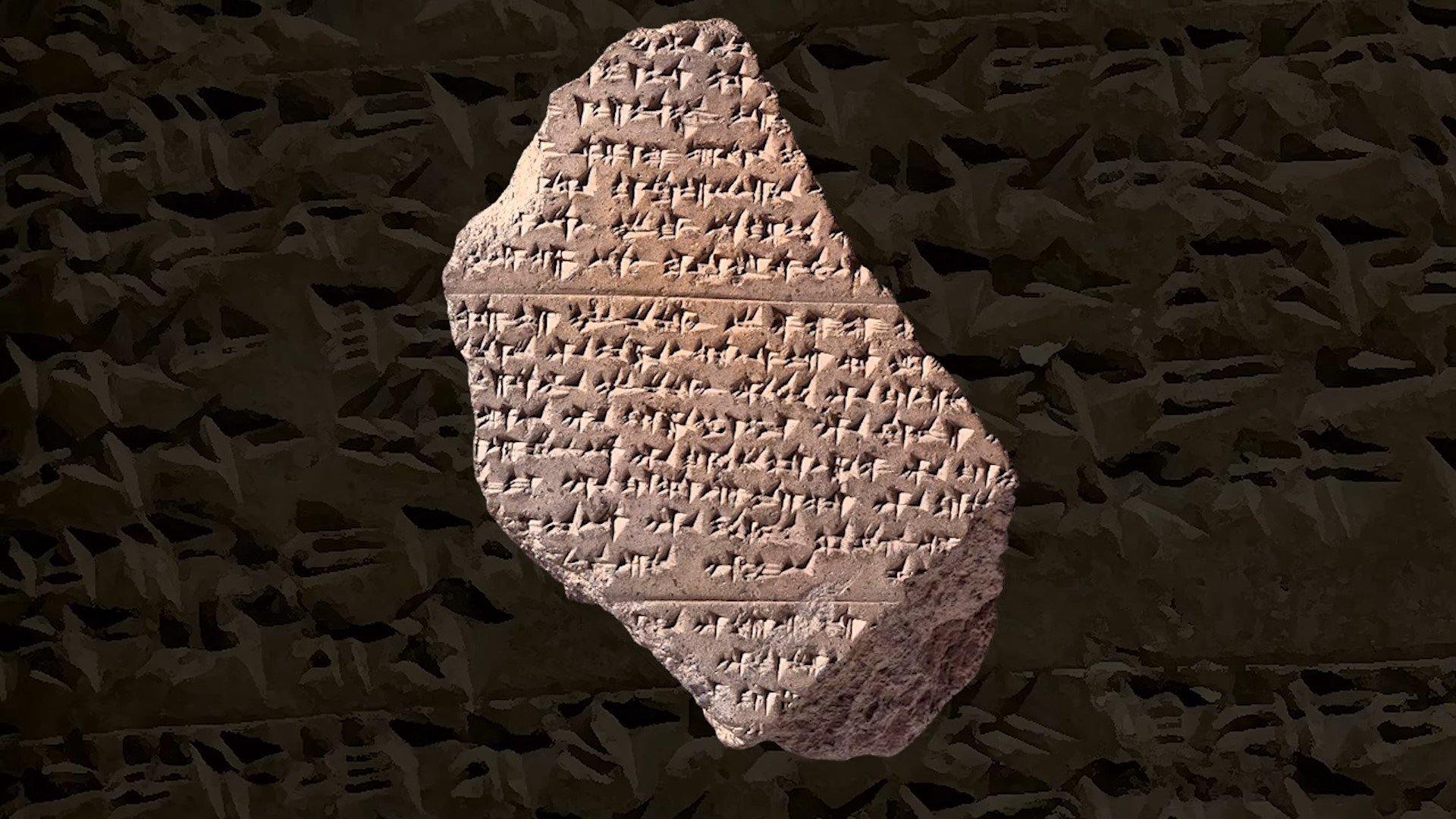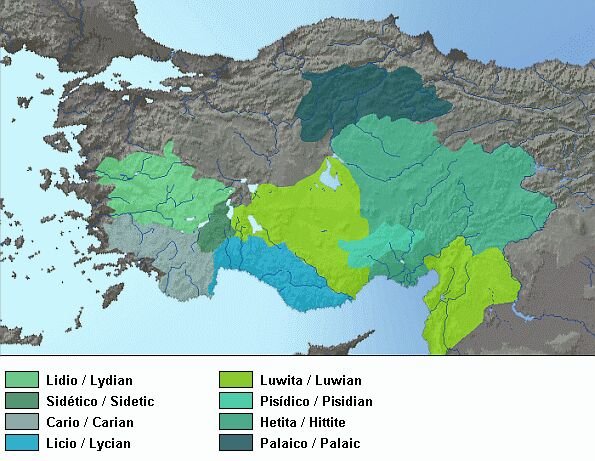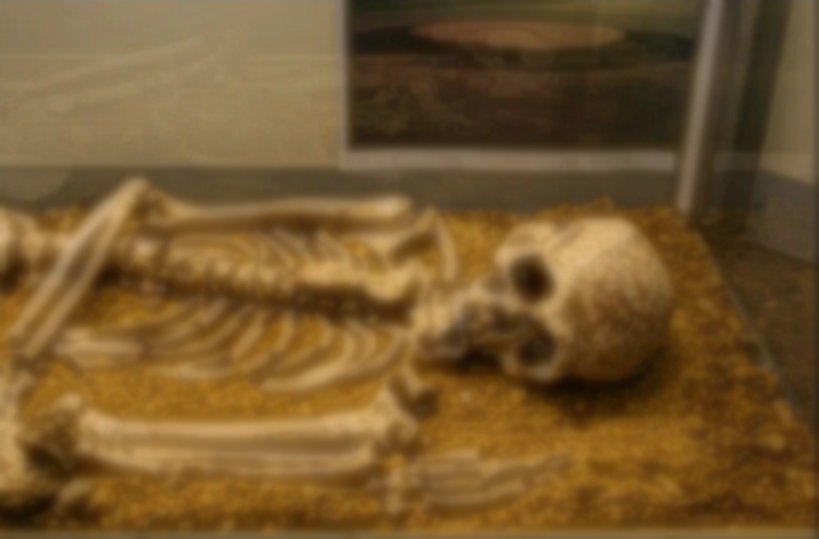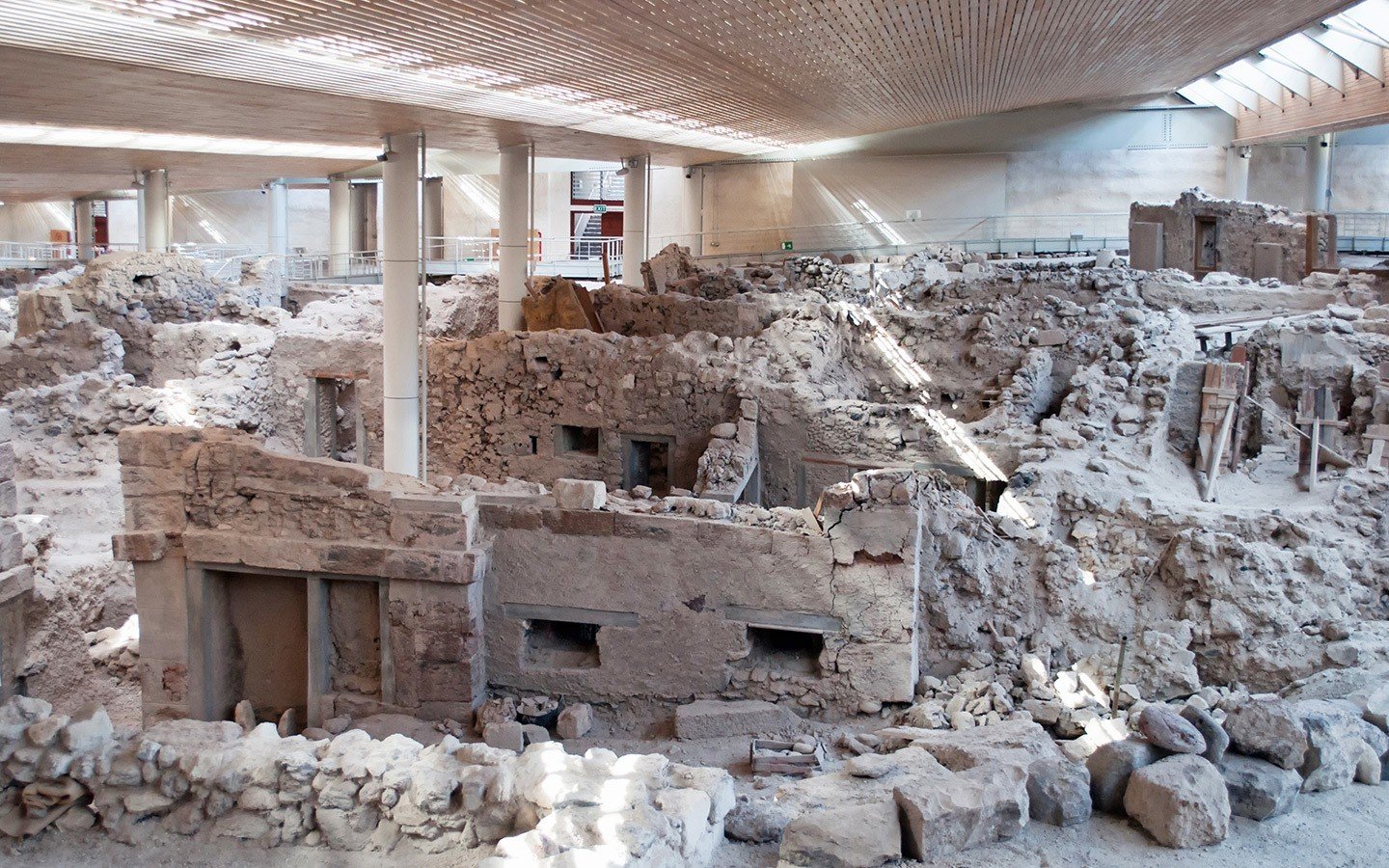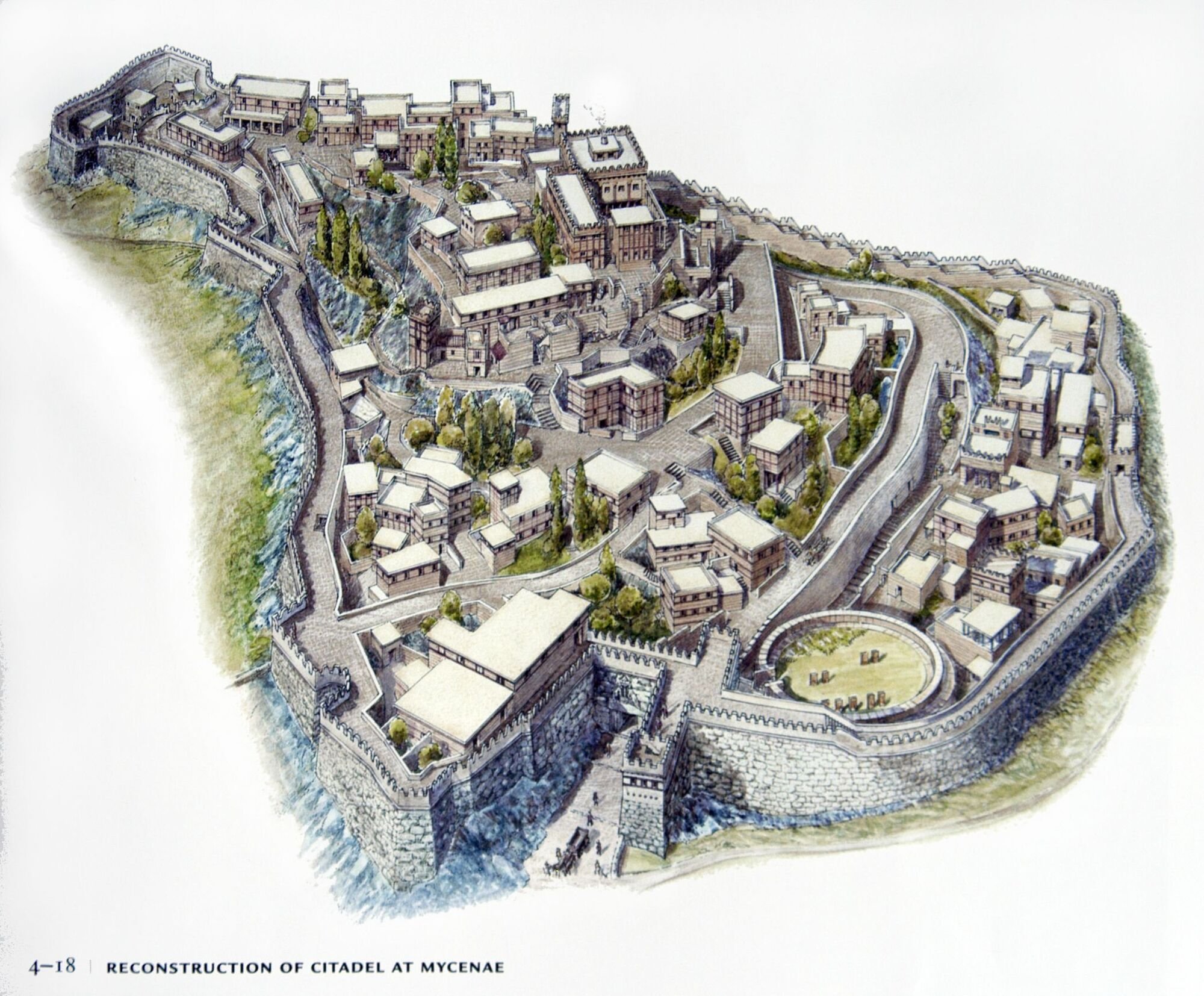Mycenaean Linear B script, the earliest form of Greek that we have any record of, is a truly fascinating artifact from antiquity. Developed around 1450 BCE in the Late Bronze Age Mycenaean civilization, Linear B evolved from the earlier Linear A script, used by the Minoan civilization. However, while Linear A remains largely undeciphered, Linear B was successfully deciphered in the mid-20th century by the British architect and cryptographer Michael Ventris. Unlike its predecessor, Linear B is not an ideographic script but rather a syllabic script used primarily for administrative purposes, such as recording transactions and inventory. It provides a unique window into the economic, social, and religious life of Mycenaean society, long before the classical era of Greece.
The Linear B inscriptions in Knossos and Pylos were interpreted to contain the Mycenaean-Greek term "damos" (da-mo). The phrase most likely relates to split collective landowners or to groups of people living in a rural farming community. According to the palace records that have been found so far, the term "forest" refers to a particular group of landowners or landowners who control the cultivation of large tracts of land and sell a portion of the produce to the wa-na-ka, ra-wa-ke-ta, and other officials of the palace in exchange for their services. The da-mo, an organized group of the people-community, served as the inspiration for the potential ra-wa-ke-ta military corps.
Damos and telestai (te-re-ta, "master of ceremonies") are also used interchangeably, indicating that perhaps landowners occasionally served as the people's representative. Damokoro, a compound adjective made from the Mycenaean words for municipality and the ko-re-te, was one of the axioms described in Pylos (governor). The damokoro were representatives chosen by the wanaka (supreme king). The term kerosija, which is etymologically related to the senates (gerousia) of classical Athens and Sparta, is only referenced once. The senate must have been a municipal council that gathered under the toparch during the Mycenaean era.
The term is connected to the later Doric Greek type "δᾶμoς" (damos) of the Ionian word "δῆμος" (demos) according to linguists. However, there is currently no proof that the term may have had political significance during the Mycenaean palace period, unlike in the later Archaic and Classical periods, when it also had the meaning of "ordinary people" (who did not come from an aristocratic race), the democratic portion in an ancient city, and the assembly of citizens, in addition to its significance for provincial or country land.
Ancient Greek Demos and Political Organization of Attica
The municipality (ancient Greek: δῆμoς) referred to the assembly of inhabitants as the main political body and later the administrative division of ancient Attica, the continuation of which is today's Attica, a region of Greece. Demes appear to have existed as rudimentary rural land divisions as early as the 6th century BC, but it wasn't until Cleisthenes' reforms in 508 BC that they really took on any significance. Prior to those changes, citizenship was determined by membership in a phratry, or familial group.
As a result of those changes, citizenship is now dependent on enrollment in the citizen lists of a state. At the end of Cleisthenes' reforms, Attica was divided into 139 demes, to which can be added Berenikidai (established in 224/223 BC), Apollonieis (201/200 BC), and Antinoeis (added in 126/127 BC). At the same time, demes were established in Attica's capital city itself, where they had not previously existed. The introduction of demes as the primary political subdivisions of the state reduced the genealogies, or aristocratic family groups, that had previously dominated the phratries.
Map of demes and tribes. Each color stands for one of the 10 tribes, each mark for an individual deme.
A deme served as a kind of smaller polis, and some demes, like Eleusis and Acharnae, were in reality important cities. There were numerous other civil, religious, and military functionaries in different demes, and each deme had a demarchos who oversaw its operations. Demes held their own religious celebrations and made money to spend.
The 10 tribes, or phylai, of Athens were formed by combining demes from the same region to form trittyes, bigger population groups. There was one tritty in each tribe, one from the city, one from the coast, and one from the interior.


















